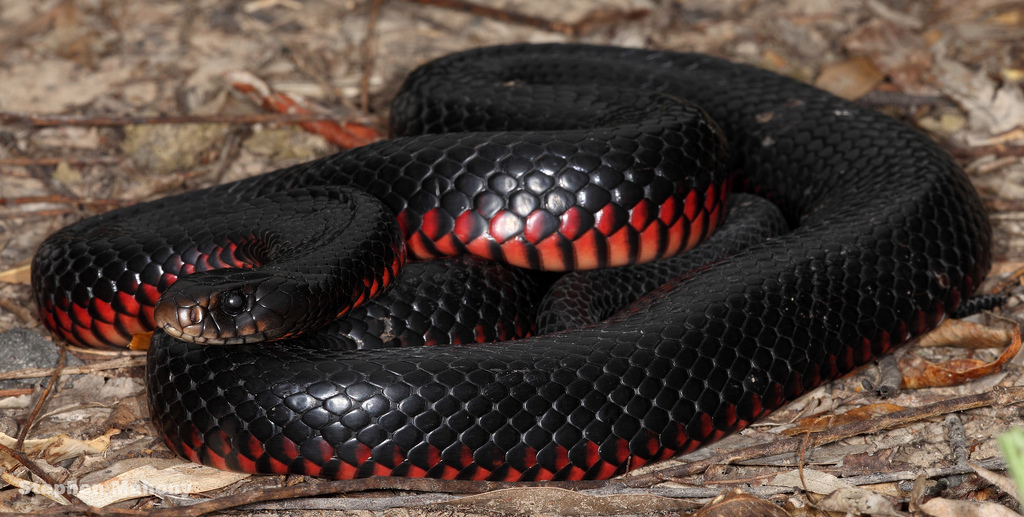

The paramedic said more people have proper first aid training and know what to do. Ms Cater puts that down to a more responsive ambulance service and more awareness about avoiding snakes and where they hide around homes. “We are treating it as a worst case scenario, we always do because it’s better to treat it like that and for it not be a serious, or venomous snake, than to underestimate it and it turn out to be something,” she said.įewer people die from snake bites in Australia now than in the past. Ms Cater said snake bite victims are often apologetic to paramedics and think they’ve overreacted by calling Triple Zero.īut she said it was always best for people to be overcautious about snake bites. And then we do our thing and get them off the hospital,” she told AAP. “That reassurance and calming them plays a huge part and they’re always great, they settle down, calm down, lovely. Ms Cater said most people panic after being bitten, but it’s crucial to calm them down so the venom doesn’t circulate in their bloodstream. Tracey Cater has been a critical care paramedic for 25 years and has treated somewhere between 40 to 50 snake bites. The best thing a person can do if they’re bitten is phone Triple Zero, bandage but not wash their bite and remain calm. “Snakes don’t really start fights, but they finish them.” “No, they’re not going to look at us and think that’s something I’m going to eat, they’re going to look at us and think that’s something that’s going to try to eat me,” Prof Fry said. “We are definitely getting snake bites happening earlier in the year than what is typical,” Prof Fry told AAP.

University of Queensland biologist Bryan Fry says people and snakes are crossing paths more due to climate change and humans encroaching on snake habitat.Īssociate Professor Fry says a warming climate has extended the number of months cold-blooded snakes are active and allowed them to move more at night. “Also a lot of people will present to hospital with a suspected snake bite when a snake wasn’t even there, and it might have been a stick scratch, or a spider bite or something.”īut with hundreds of snake bites every year, it seems something is out of balance. “Most snake bites don’t need any treatment,” she told AAP.

Whitsundays snake catcher Kylee Gray says the numbers aren’t as bad as they look as most people are bitten by non-lethal species like pythons or tree snakes. On January 22 a nine-year-old boy was bitten by a suspected brown snake near Treachery Beach, in the NSW Myall Lakes National Park and flown by Westpac Rescue Helicopter to John Hunter Hospital in a stable condition.


 0 kommentar(er)
0 kommentar(er)
